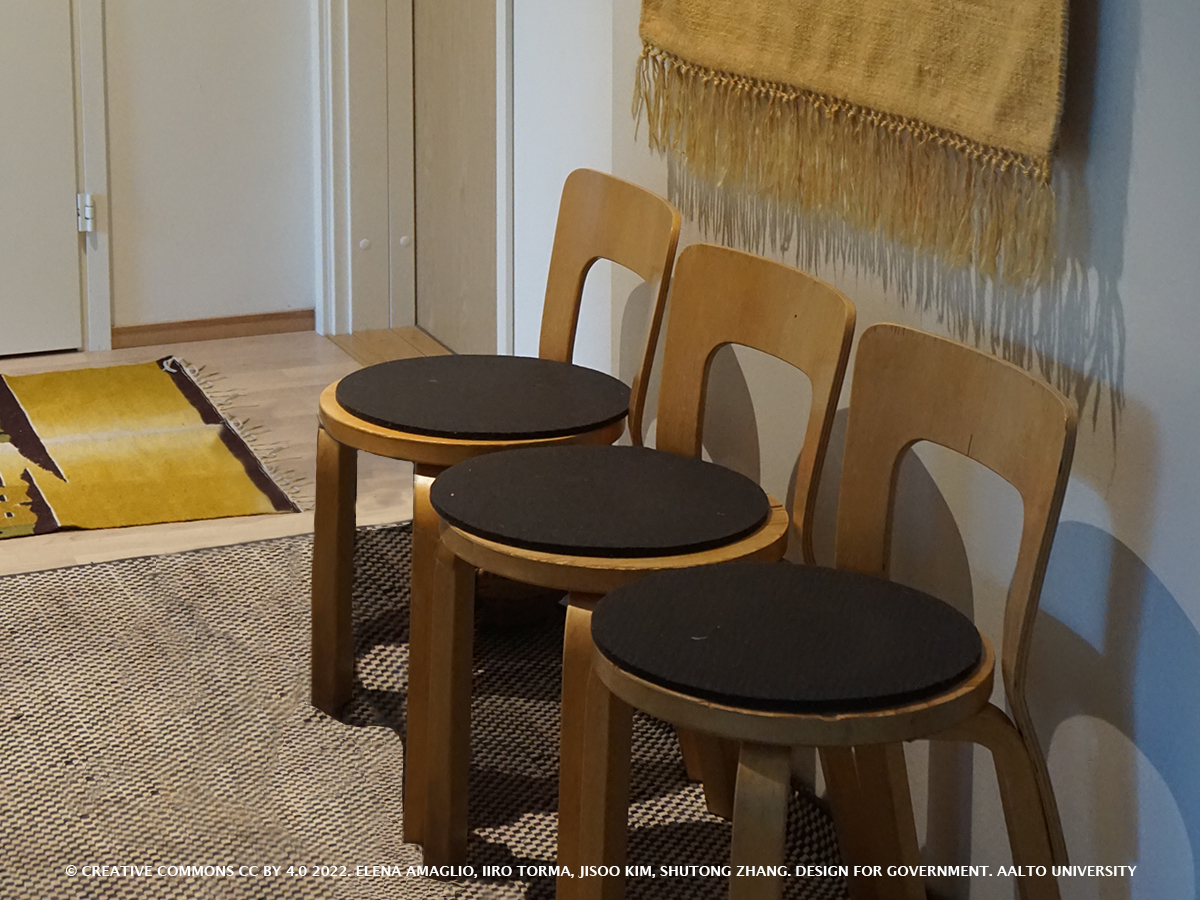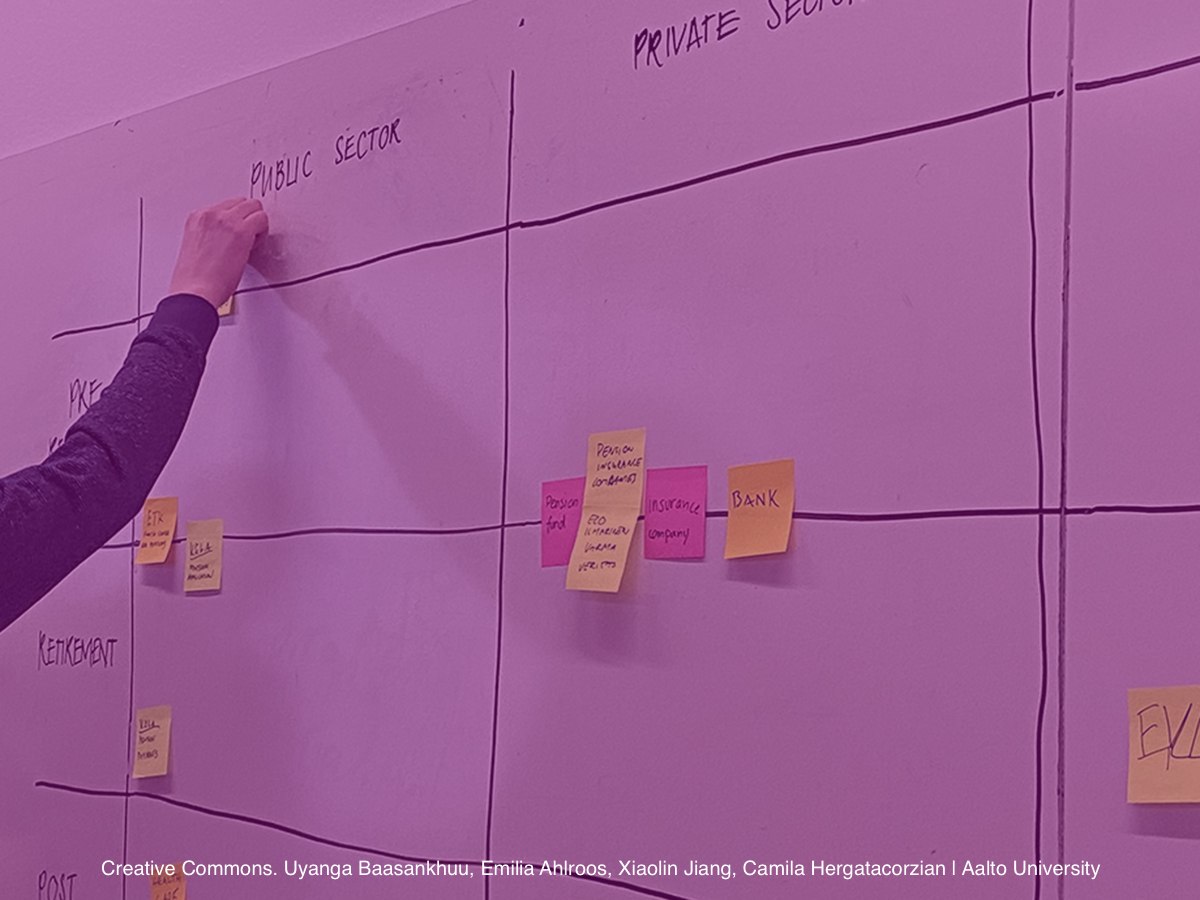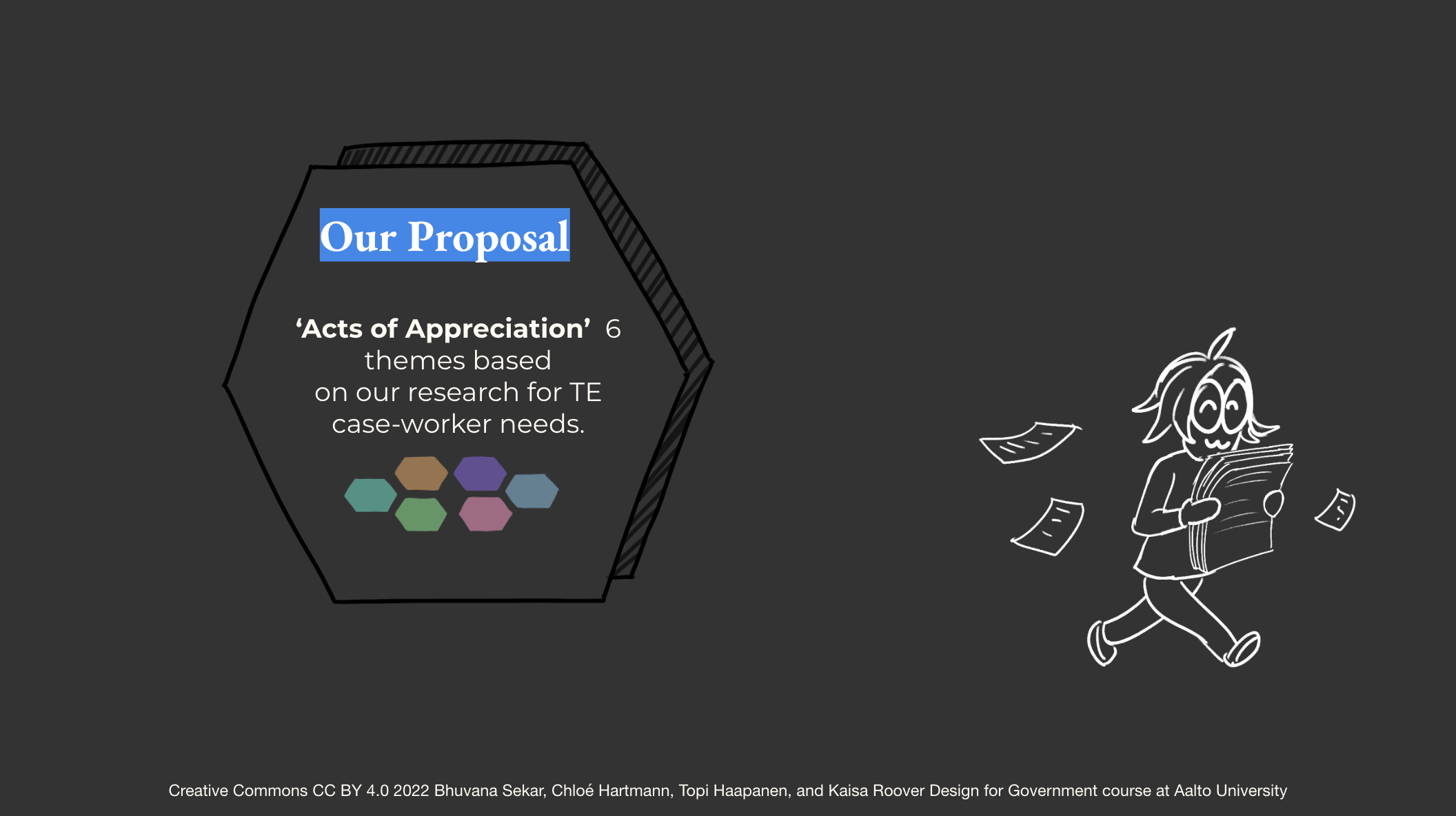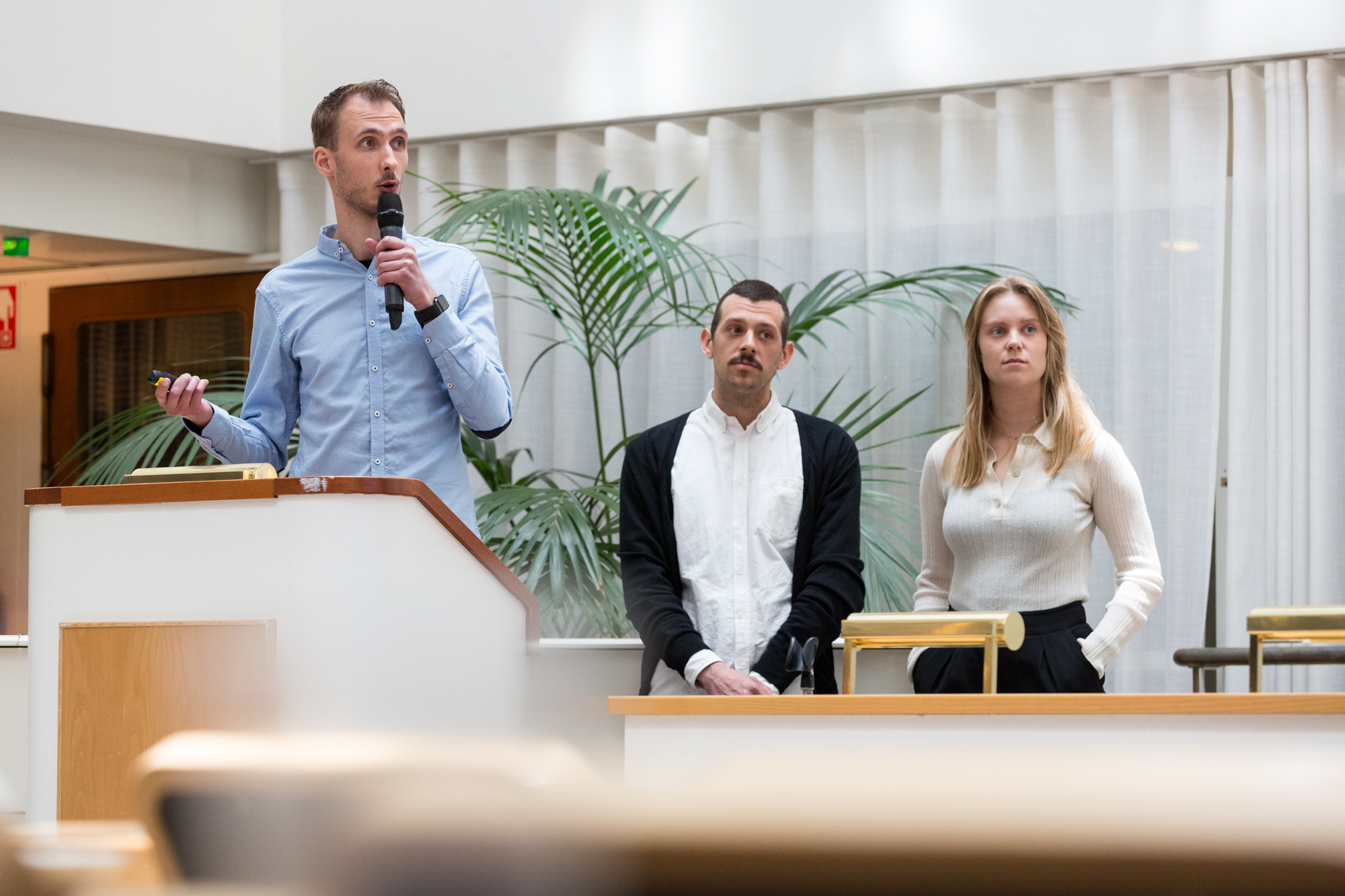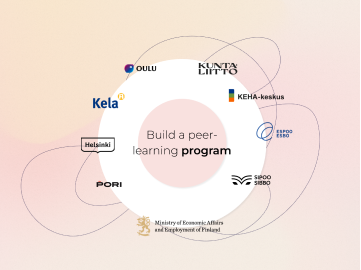Dignified life means having the possibility of choice
A dignified old age and the retirement event have several connections we had to discover. Our group’s objective over the previous three weeks has been to comprehend the perspective of retired people through field research and identify the critical life events that lead to being dignified and how digitalisation influences it as a tool.

